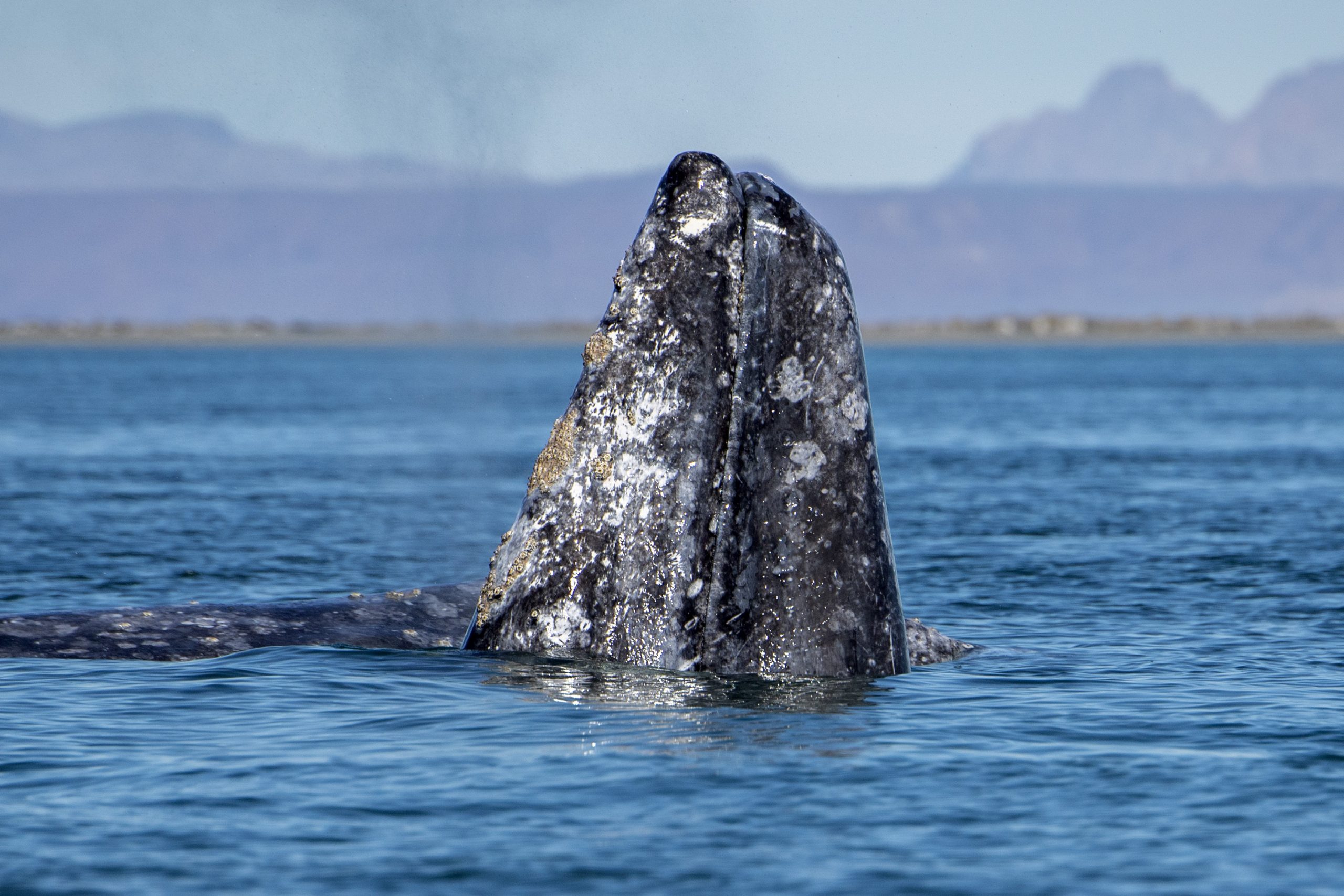Plan Your Day in Monterey Bay
Plan your day on Monterey Bay as your adventure begins in the quaint fishing village of Moss Landing, with the harbor located directly at the mouth of the Monterey Bay Submarine Canyon. This means less travel time and more whale watching time! The Goddess Fantasy is a pristine vessel Coast Guard certified for up to 150 passengers and the Sea Goddess is certified for up to 93 passengers and manned with more than 40 years experience
Our goal at Sea Goddess Whale Watch is to leave you in awe of the magnificent whales and other sea life the Monterey Bay is world renowned for.
Safety and comfort are our top priority for all our guests. So scream, point and delight with others on this adventure of a lifetime!

FAQ
Mornings – Typically lighter winds making it a better choice for those prone to sea sickness, cooler air temperatures, better light for photography!
Afternoon– Typically less fog, wind may pick up with a slightly bigger swell, more intense sun.
Turn left before you pass the smoke stacks after Surf City Coffee Co. and The Whole Enchilada restaurant onto Moss Landing Road. Make a slight right at Sandholdt Road and pull into the parking lot directly after the KOA RV park.
Highway 1 Southbound:
Turn right after the smoke stacks onto Moss Landing Road, just before The Whole Enchilada restaurant. Make a slight right at Sandholdt Road and pull into the parking lot directly after the KOA RV park.
Once You’re There:
Follow the Whale Watching signs, and our check-in table is between the Harbor Master’s office and the bathrooms, at the red arrow in the satellite view.
FREE parking can often be found on the street outside the harbor parking lot. It is a short walk to the office for check-in and boarding.
*Subject to change as regulated by the Moss Landing Harbormaster
Dress in layers. It is always cooler on the water and the weather in Monterey Bay can be unpredictable. Prepare for rain or sea spray. We have plenty of room on the boat to store your bag if you bring extra clothes such as a waterproof jacket. For winter whale watching, a pair of gloves is important.
Sunglasses, Hat, and Sunscreen: For protection from the sun and glare off the water.
Binoculars: While the whales sometimes swim up close to the boat, binoculars are great for spotting some off in the distance.
Flat Shoes: Wear flat, closed toed shoes preferably with a rubber bottom like tennis shoes.
Food & Drink: You are free to bring your own food and drinks, but please no glass.
Camera: Cameras fully charged or with extra batteries and extra memory card. Please use a strap with your camera or your phone so it doesn’t go overboard!
Length of the trip depends on when and where we find whales. If we don’t find any whales, your next trip is FREE. A rain check with no expiration will be given for another trip. We do not provide refunds.
Our vessel is not wheelchair accessible and steps are used for boarding. We will do everything we can do to accommodate passengers, but please call if you will need assistance or have any questions or concerns.
Wear a relief band for motion sickness.
Choose a seat near the center of the boat where there is generally less motion.
Limit alcohol consumption the night prior.
Stay hydrated – avoid coffee.
Eat a bland breakfast with carbohydrates while staying clear of spicy foods.
Stay outside in the fresh air.
Bring crackers, ginger, or ginger ale or 7-up.
Check out this article on sea sickness here for more information.
How to Spot a Whale and Other Sea Life
It can be hard to spot a whale if you don’t know what to look for. Fortunately, our crew of naturalists have over 25 years of experience to help you out! However, if you would like to learn more and test your skills, here are some tips that may help you see, and identify what they look like at the surface.
Scan from left to right, slowly, and then back again. Look close to shore, and look out across the horizon. Watch for anything that breaks the surface of the water.
If you are out on the water with us, we will be calling out locations relevant to the boat. Think of the boat as the center of a clock, and our naturalist will call out locations relevant to the front (bow) of the boat, which is designated as 12:00 o’clock. So, if the naturalist calls out 3:00 o’clock, that would be to the right of the front of the boat or 6:00 o’clock would be off the back (stern) of the boat.
Don’t get fooled by items floating on the surface of the water. If you spot something that stays on the surface in the same location, it’s not likely a marine mammal. Marine mammals are usually on the move and will typically surface, dive, then come up again in a different place. If you see a whale’s tail, it is likely going down for a dive, and it will be a few minutes before you see it again. Don’t forget, some whales can dive for 10 minutes, or longer, so keep looking in the general area where you first saw the blow.
Identifying factors of large whales include their blow, surfacing, and diving characteristics. Other factors to observe are:
